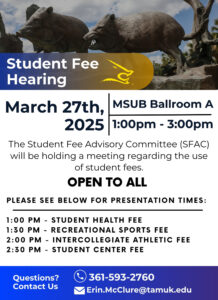As has been the case with nearly every aspect of society, being a teacher during the pandemic can be summed up with one word: chaotic.
Every obstacle conquered reveals 10 more that need to be handled. Teaching typically revolves around planning with a dash of improvisation or a few course-corrections thrown in for good measure.
However, this semester has been almost exclusively reactionary because the situation is constantly changing. Teachers never know what new hell they are walking into in the morning, and that’s not necessarily a bad thing.
If anything, this pandemic is exposing the fact that our educational system is woefully ill-equipped to handle anything of this magnitude, and the cracks that have always existed are starting to grow in the spotlight. One thing has become abundantly clear: education must evolve to survive.Technology provides a plethora of tools to help educators meet the needs of all their students, and will be the next groundbreaking revolution in education when districts actually get around to understanding it.
In actuality, it has been student-teachers leading the charge for the use of technology in the classroom. We grew up with technology, and that profound connection cannot be replaced by a few sessions of professional development and training.
However, it has been difficult to meet the standards of The Texas Teacher Evaluation and Support System (T-TESS), the method of assessment for teacher performance, when students are fully, or mostly, remote.
To their credit, the university seems to understand that this semester has been, and will continue to be, full of curveballs, and has been somewhat lenient in that regard. But leniency is the bare minimum for what student-teachers need from their department right now. What we need from them is a steady line of communication.
I have been in the College of Education and Human Performance (CEHP) for three years, and each year the department has been plagued by, at best, little-to-no communication with students and, at worst, giving us information that is completely wrong.
For example, according to the syllabus during my field observation at H.M. King High School in Kingsville the field supervisor was supposed to conduct a one-on-one conference worth 10 percent of my grade.
When I asked about it towards the end of the semester, neither the instructor nor my field supervisor even knew the assignment existed.That assignment ended up being eliminated, because it was left over from the previous year and was not supposed to be in the syllabus again.
Time and time again, we have been left out of the loop.
The CEHP is not all bad, and it would be remiss of me to deny that fact. They do good work and care for their students, which makes their fatal flaw even more incredulous. When I was getting ready for student teaching, I found out my placement less than 24 hours before I was supposed to start.
On top of that, I also discovered that student teaching starts two weeks before school starts.
My dilemma was that I got stuck in the Dallas area with my parents during the shutdown, and the lease for my apartment did not start for another week.Thankfully, I was able to postpone my start date by a week, but in no way does that excuse the lack of professionalism from the university in this case.
In their defense, school districts were changing their minds on a daily basis. It was not easy to find schools that would accept student teachers.
However, in any relationship, whether business or personal, you must communicate.
In this scenario, they needed to keep us informed of the process, so that we would be prepared for the last-minute placement and early start. Instead, we were stone-walled and told nothing.
Setting aside the fact that I am a student they are supposed to help, it is insulting on a professional level.
The CEHP needs to communicate with their students more effectively. Full stop.

